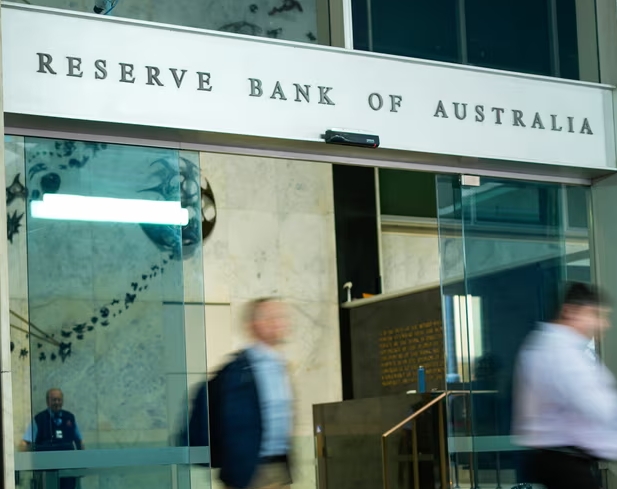Customers at three of the country’s biggest banks overwhelmingly decided not to reduce their home loan repayments after the Reserve Bank of Australia last cut interest rates, instead paying off their mortgages faster.
While Westpac automatically lowered the minimum repayment for customers after the February cut, Commonwealth Bank, ANZ and National Australia Bank made borrowers visit a branch, ring the call centre, or activate lower repayments online to reduce their repayments.

If customers did nothing, repayments were maintained at the existing levels, so the lower rate on the loan meant debt was repaid faster.
The February rate cut – to 4.1 per cent – was the first since November 2020. The market expects the RBA to reduce rates by a quarter of one percentage point again on Tuesday afternoon, taking it below 4 per cent for the first time since 2023.
Ahead of the May decision, Commonwealth Bank said just 14 per cent of home loan customers had reduced their direct debit repayments following the February cut.
At the two other major banks, the number was even lower. Since the February cut, ANZ said 7 per cent of customers had opted to reduce their repayments. At NAB, only 3.8 per cent of home loan customers have reduced their direct debit repayments following the February cut.
The numbers suggest some customers may not have been aware they needed to act to reduce their repayments, or are prioritising cutting mortgage debt over freeing up cash flow for spending.
“For those who did not reduce their direct debit repayments, they may now be making additional repayments on their mortgage, which could help them to pay off their loan faster,” said CBA executive general manager of home buying Michael Baumann.
While Westpac passed the last rate cut through automatically to customers repaying the minimum, the bank’s chief economist Luci Ellis this week pointed to data showing customers’ preference to save rather than spend, which explained “surprisingly weak” household consumption.
Analysis of 1 million Westpac customers’ treatment of the government’s stage three tax cuts showed 80¢ in every dollar was saved, and only 20¢ was spent, she said.
“That is a lot lower than history would have told you. We are expecting consumption growth to recover, now income growth is recovering, but it is pretty modest in its scope.”
The banks expect that more customers would reduce repayments compared to February if the RBA cuts interest rates on Tuesday.
“If rates fall further, it could deliver greater total savings to eligible home loan customers,” Baumann said. “As such, I wouldn’t be surprised to see more home loan customers choosing to free up their cash flow by lowering their regular mortgage repayments.”




